As we all know, recreational diving is usually for the purpose of exploring underwater beauty, observing marine life and experiencing the fun of diving. Many of them choose to dive in the most ideal areas, good visibility, waters with wreck remains or marine life. Divers can enjoy the attractive underwater landscape and explore different underwater environments while maintaining fun and excitement.
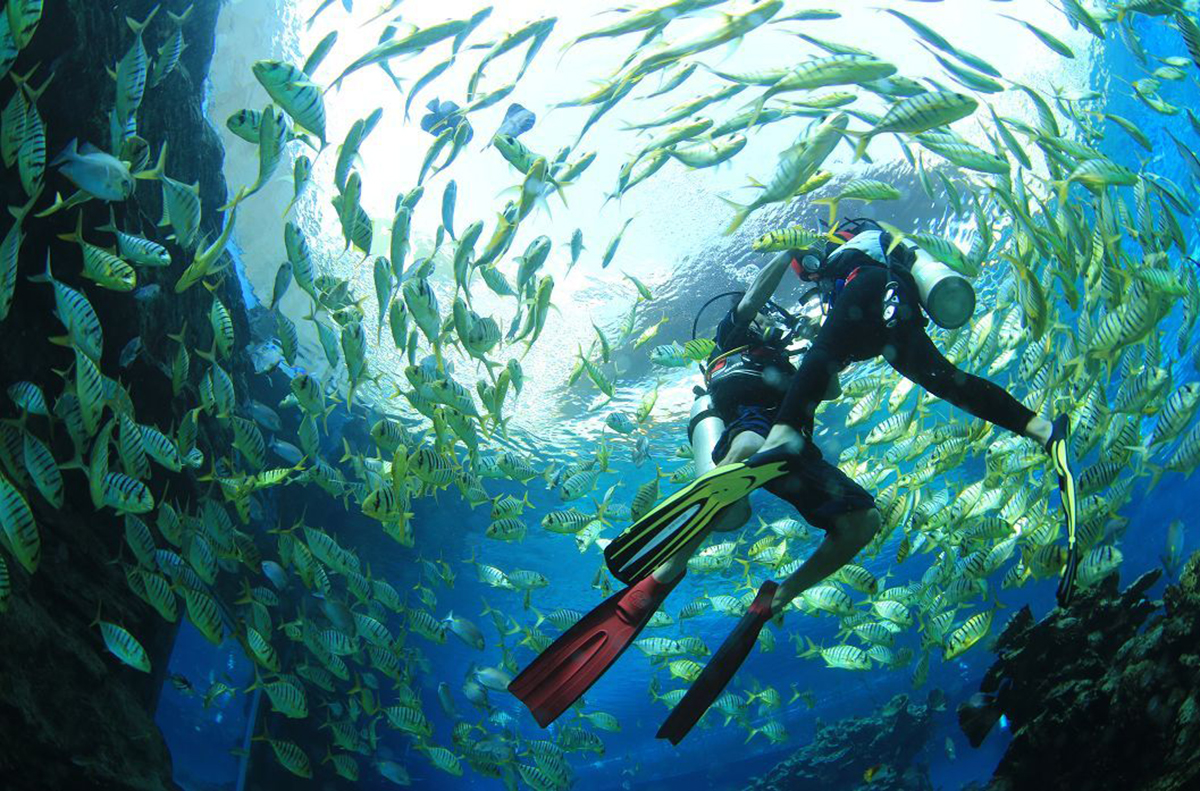
Recreational diving
However, in this vast blue world, there is a group of unknown to the public underwater heroes who do not always dive in such a beautiful water environment. Their mission is to submerge themselves into the deep water, without the date, time and place where they can plan their dives, responding to emergency diving needs 24 hours a day, 7 days a week, and may be required to dive in the middle of the night, facing the unknown and danger, interpreting the spirit of rescue and protection with their own practical actions. They have a uniform title,the public safety diver.
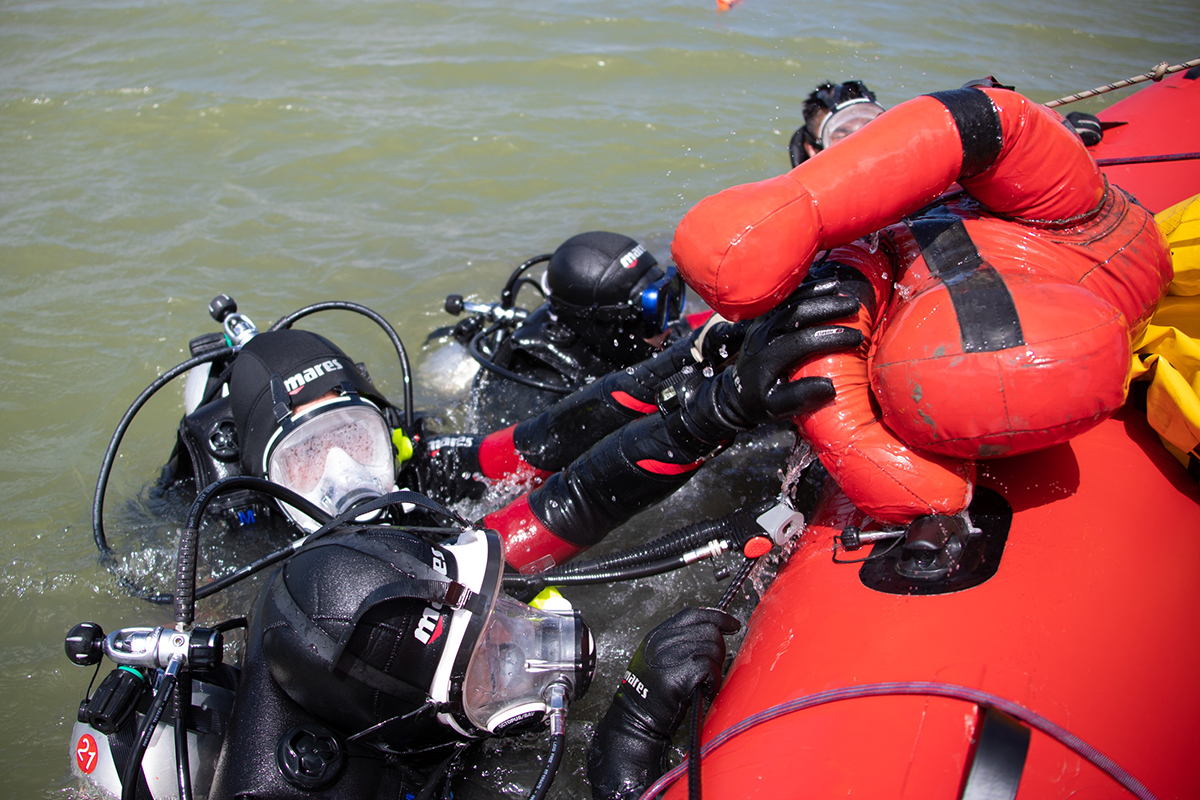
Public safety diving
This article pays tribute to all public safety divers and all underwater heroes who are on the front line to protect public safety.
What is public safety diver?
What are the types of public safety divers?
What are the specialized skills of a public safety diver?
What does it take to become a public safety diver?
What is public safety diver?
Public safety divers generally refer to professional divers who are dealing with crimes, accidents or other underwater operators who have received professional training and are responsible for carrying out diving tasks such as search and rescue in emergency situations that pose a risk to public safety.
Public safety divers are typically trained in a variety of challenging underwater environments and conditions, some of which are:
Very low or zero visibility (swamps, quagmires, cesspools, sewers), strong currents, night diving, icy diving, polluted waters etc.
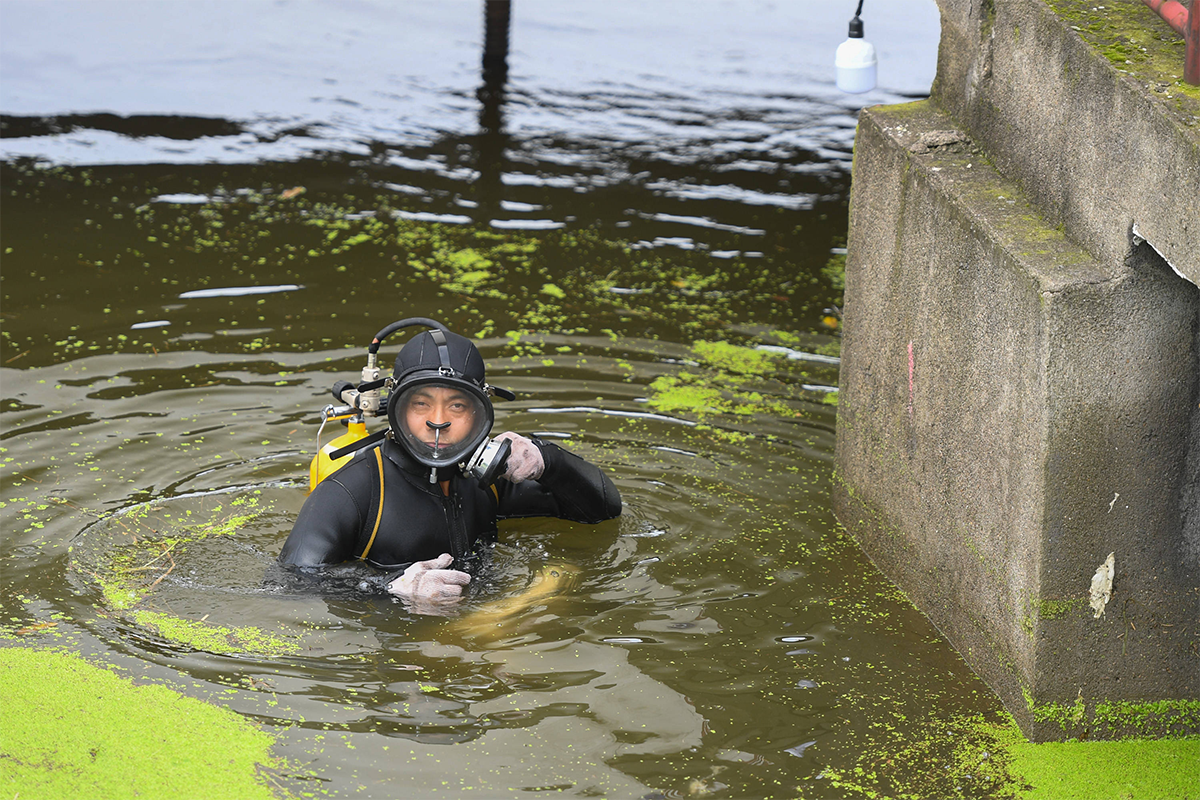

Public safety diving
Public safety diving could be extremely dangerous if not taken seriously. Public safety divers require specialized training and certification to ensure they are safe and reliable in their missions and equipped to adapt to different underwater environments. Therefore, public safety diving has special diving equipment, many dive units now has been developed into carry out diving tasks in an equipped, team-based and professional manner.
What are the types of public safety divers?
Most of public safety divers are police and other law enforcement personnel, firefighters, EMTs, or other public service agencies such as public rescue teams. Their main responsibilities are:
Police diver: Who works for the police or law enforcement agencies, performing underwater duties related to tasks such as criminal investigations, missing persons searches, and evidence gathering.
Fire diver: Who is attached to the fire department, primarily responsible for underwater search and rescue missions during fires, floods, and other emergencies.
Rescue divers: Agencies or organizations who conduct underwater search and rescue missions in situations such as disasters, accidents or natural disasters.
Coast guard divers: Affiliated to the Coast Guard or similar maritime law enforcement agencies, they are responsible for performing law enforcement tasks along the coastline, including combating smuggling and detecting illegal activities.
Underwater demolition specialist: Perform underwater demolition tasks in safe conditions, such as disposing of underwater bombs or explosives.

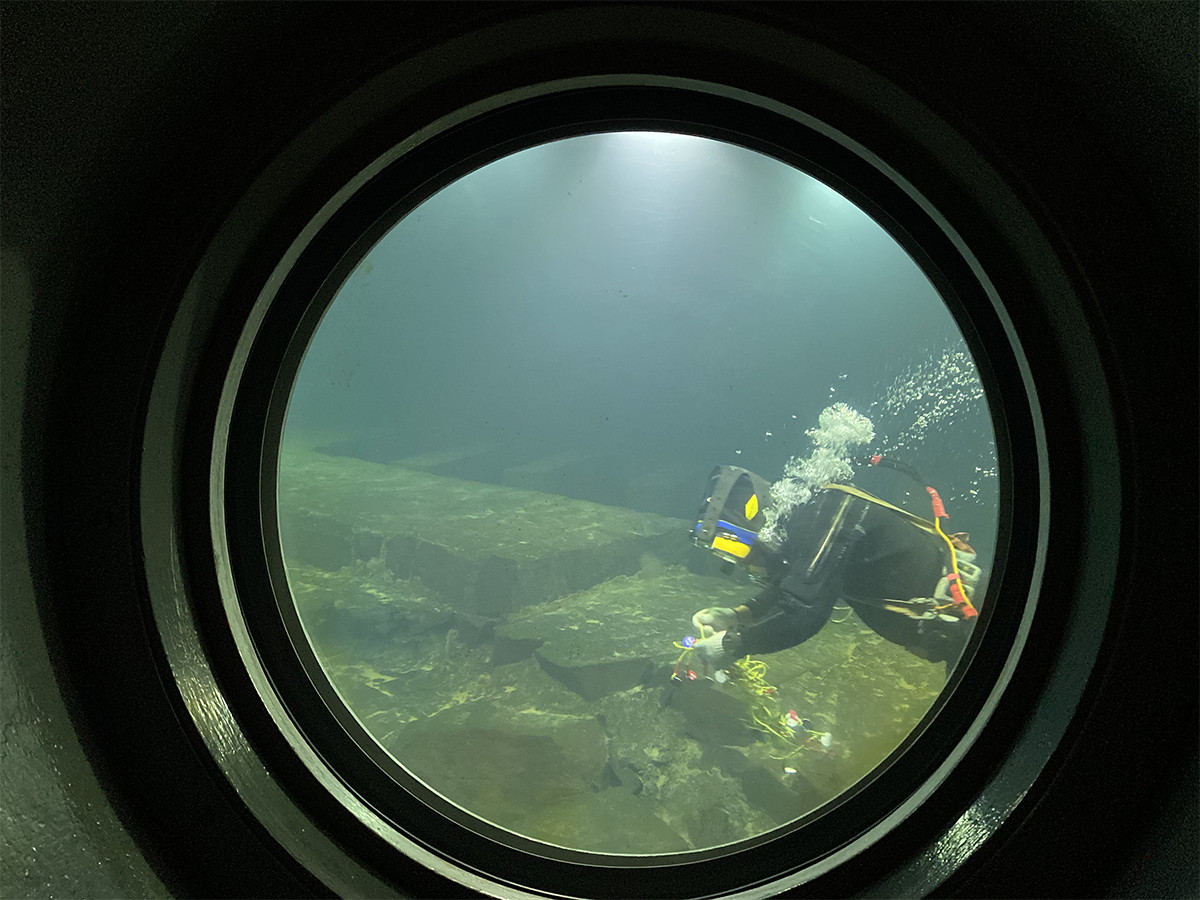
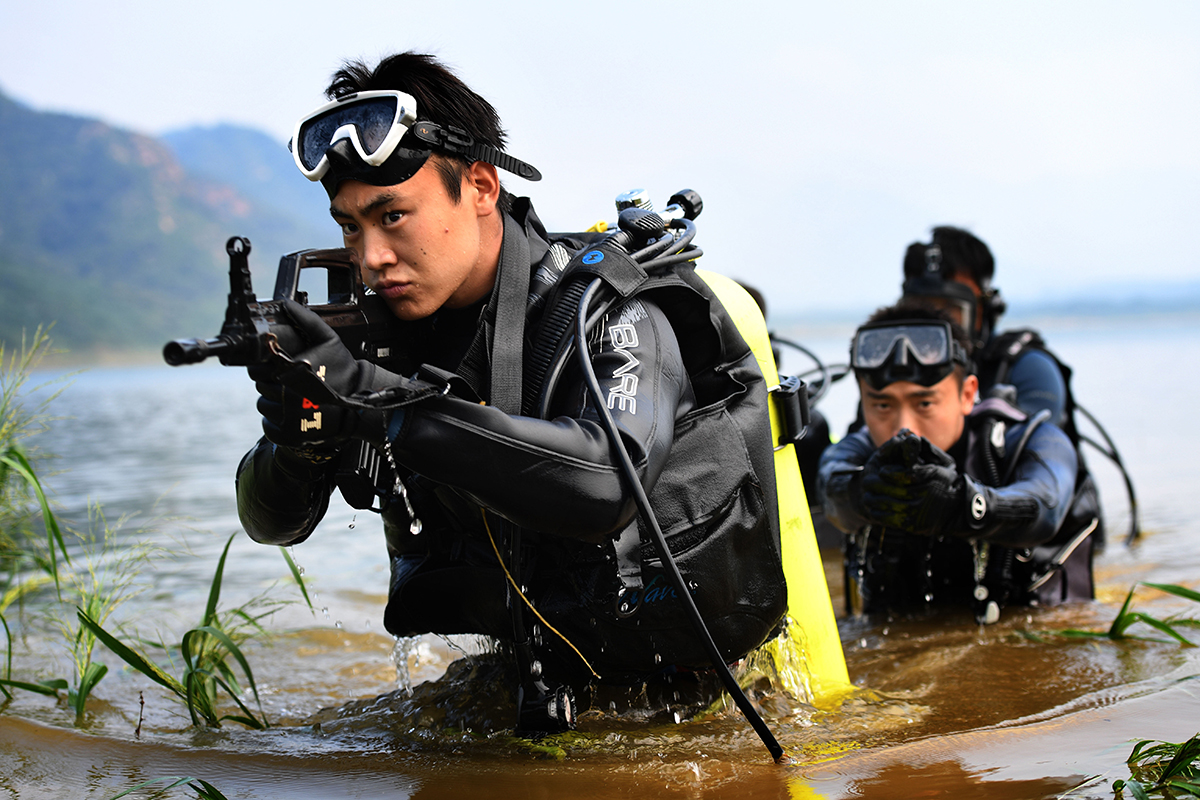
Public safety diving
What are the specialized skills of a public safety diver?
Public safety divers need to master a variety of specialized skills for a variety of emergencies and tasks. The following are some of the main professional skills of public safety divers:
Diving skills: Possessing a high level of diving skills is an essential requirement for public safety divers. They need to be proficient in diving skills, including underwater navigation, use and maintenance of diving equipment, underwater communication, etc.
Hazard identification: Before performing a mission, divers need to conduct a comprehensive risk assessment of the target area, including the underwater environment (current, visibility, temperature, possible underwater livings), diving conditions, weather conditions, and special risk factors that may be involved, so as to take corresponding measures to reduce potential risks.
Search procedures: Divers need to master underwater search and rescue techniques in order to locate a missing or distressed person in an emergency. This includes the use of search patterns, search and rescue tools and underwater detection equipment.

Underwater searches patterns
Zero visibility diving: Requires the divers to rely on other senses and experiences to complete the task. When groping forward in the water, mastering underwater navigation skills, relying on hand and foot movements, carefully sensing the currents and direction, and maintaining close contact with team members.
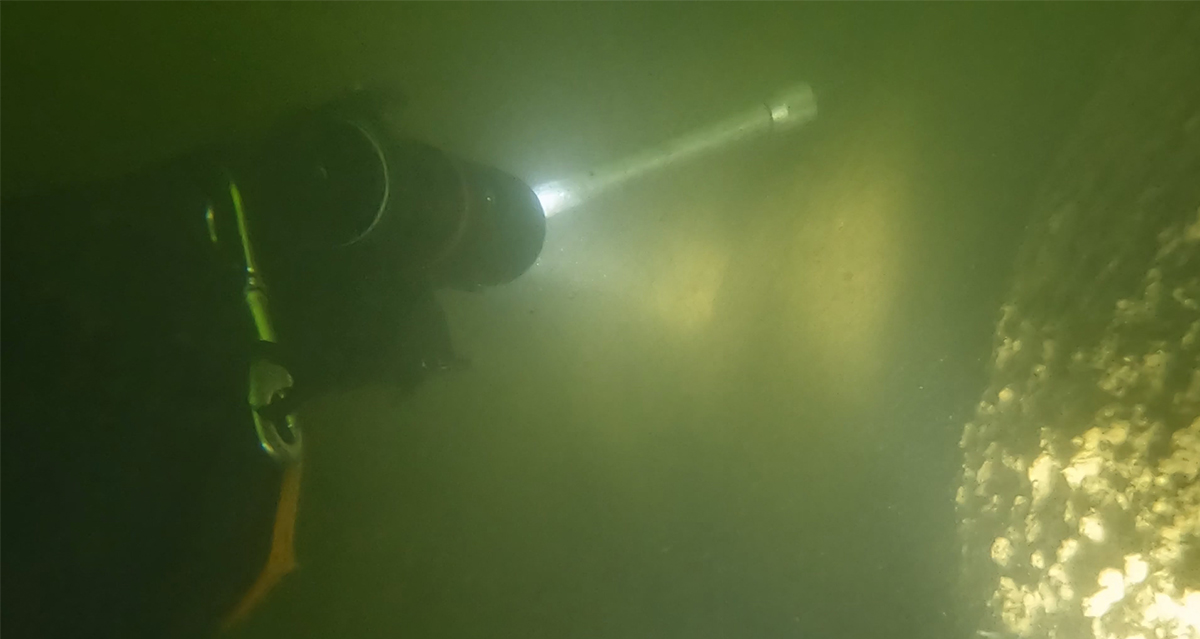
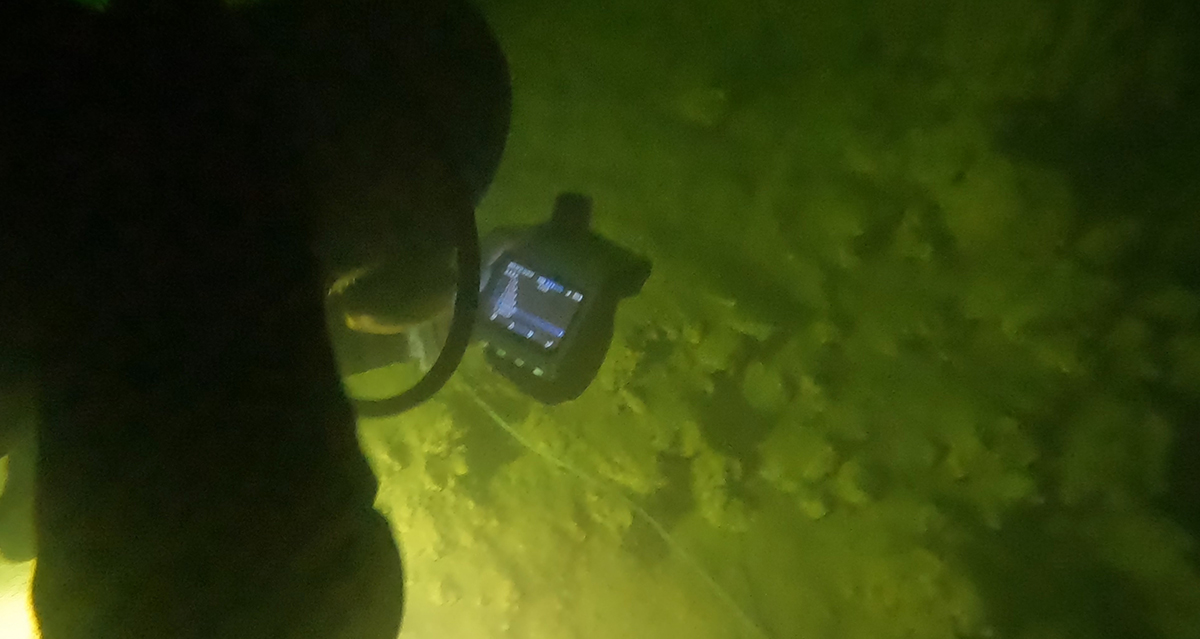
Ocean Plan UW system in Low visibility water
Underwater communication and positioning: Mastering underwater communication and positioning techniques is critical for teamwork and mission execution. Public safety divers need to learn to use underwater communication and positioning equipment, maintain good communication skills underwater, and improve the efficiency of collaborative operations.
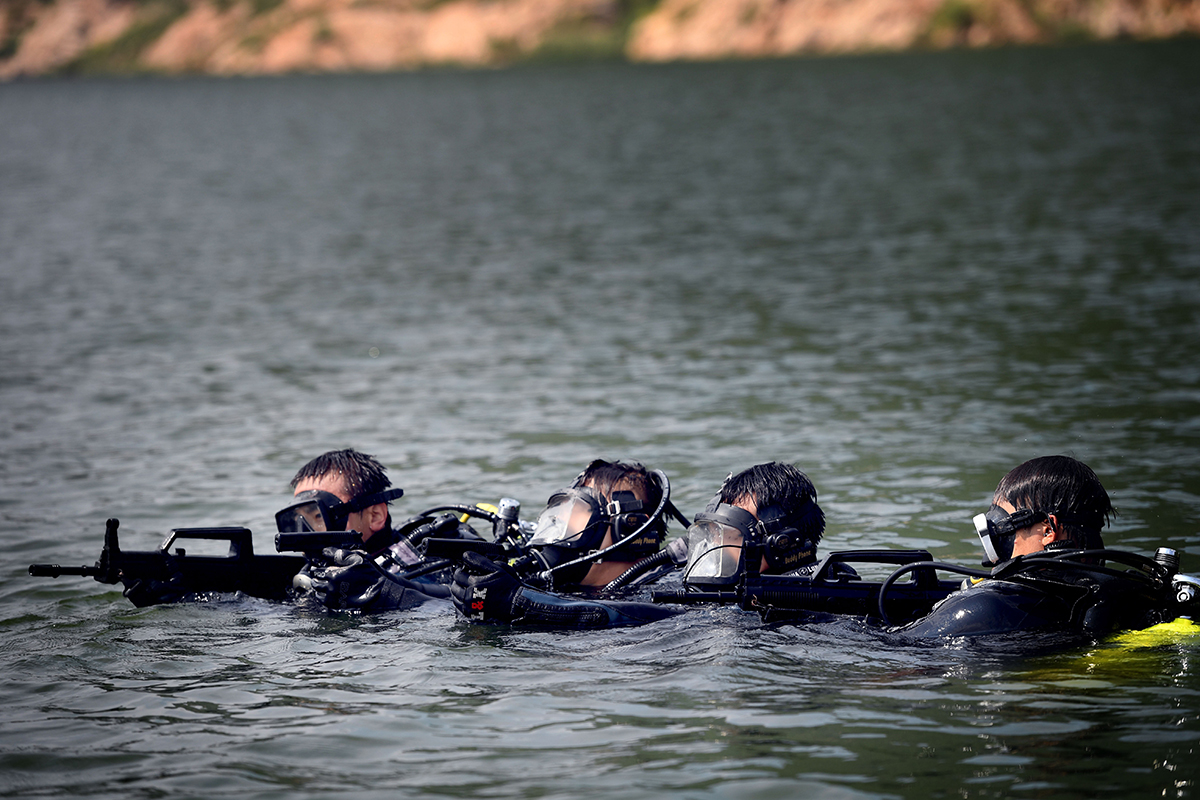
Public safety diving
Evidence collection and investigation: In the case of police divers, they need to learn the skills of underwater evidence collection and recovery to support criminal detection and investigative work.
Underwater rescue: Public safety divers need to learn to conduct underwater rescue operations, including safe rescue of trapped persons, underwater first aid, and transport of injured persons to safety.
Emergency handling: Public safety divers receive emergency handling training to learn to remain calm, make quick decisions, and act in hazardous situations.
Medical knowledge: Knowledge of underwater first aid and basic medical knowledge is essential to providing effective medical assistance during rescue missions.
Underwater explosive disposal: Some public safety divers may need to learn underwater explosive disposal techniques to deal with explosives or hazardous materials underwater.
What does it take to become a public safety diver?
Courage: Public safety divers need courage to face various uncertain and high-risk diving missions. Their courage is an important quality to ensure public safety and carry out missions.
Physical strength: Due to the difficulties involved in public safety diving, professionals often need to swim long distances, carry heavy equipment to counteract the force of the current, lift and carry materials, etc., all of which require good physical condition, so they must train regularly.
Emotional resilience: When in high-pressure environments, loss of emotional control can lead to problems in a diver's decision-making and behavior. Staying calm helps them keep their heads clearly and prevent mood swings from interfering with work. A calm attitude enables divers to better respond to emergencies, maintain sanity and focus, and take the correct measures to effectively ensure the safety of the team and the success of the mission.
Teamwork capacity: Divers generally do not act alone, but as part of a team. They need to have good teamwork capacity and be able to work closely with other divers, rescuers and relevant agencies to ensure the successful completion of the mission.

Public safety diving
Safety awareness: Diving is a high-risk job, so divers need to have a strong sense of safety. They should always pay attention to the safety of themselves and their team members, and strictly follow the safety procedures.
Problem-solving skills: Divers may face various accidents and problems during diving. Divers need to have the ability to solve problems, react quickly and find solutions.
Adaptability: The underwater environment can change at any time, and divers need to be adaptable to deal with various underwater conditions and situations.
In summary, public safety divers need to use a combination of professional knowledge, skills and qualities. It is a professional job that requires rigorous training and constant practice.
In recent years, as the public security and fire brigade continues to expand its service areas and devote itself to social emergency and rescue work, there is an urgent need to improve professional diving training and water rescue work. Public safety divers must recognize the importance of professional training for their own safety and mission success. While only by continuously improving professional skills, enhancing psychological quality, and working closely with team members can be able to cope with challenges in complex and changeable underwater environments, ensure efficient completion of tasks in high-risk environments, and protect the safety of all members.
Shenzhen Zhilan Technology Co., Ltd
Shenzhen Zhilan Technology Co., Ltd (also is Ocean Plan) by developing the underwater positioning, underwater navigation and underwater communication technologies, to allow diver to diver and diver to boat/surface stay in touch during the diving activities, it helps divers cope with a variety of underwater situations, ensure the safety of divers and improves the diving efficiency.
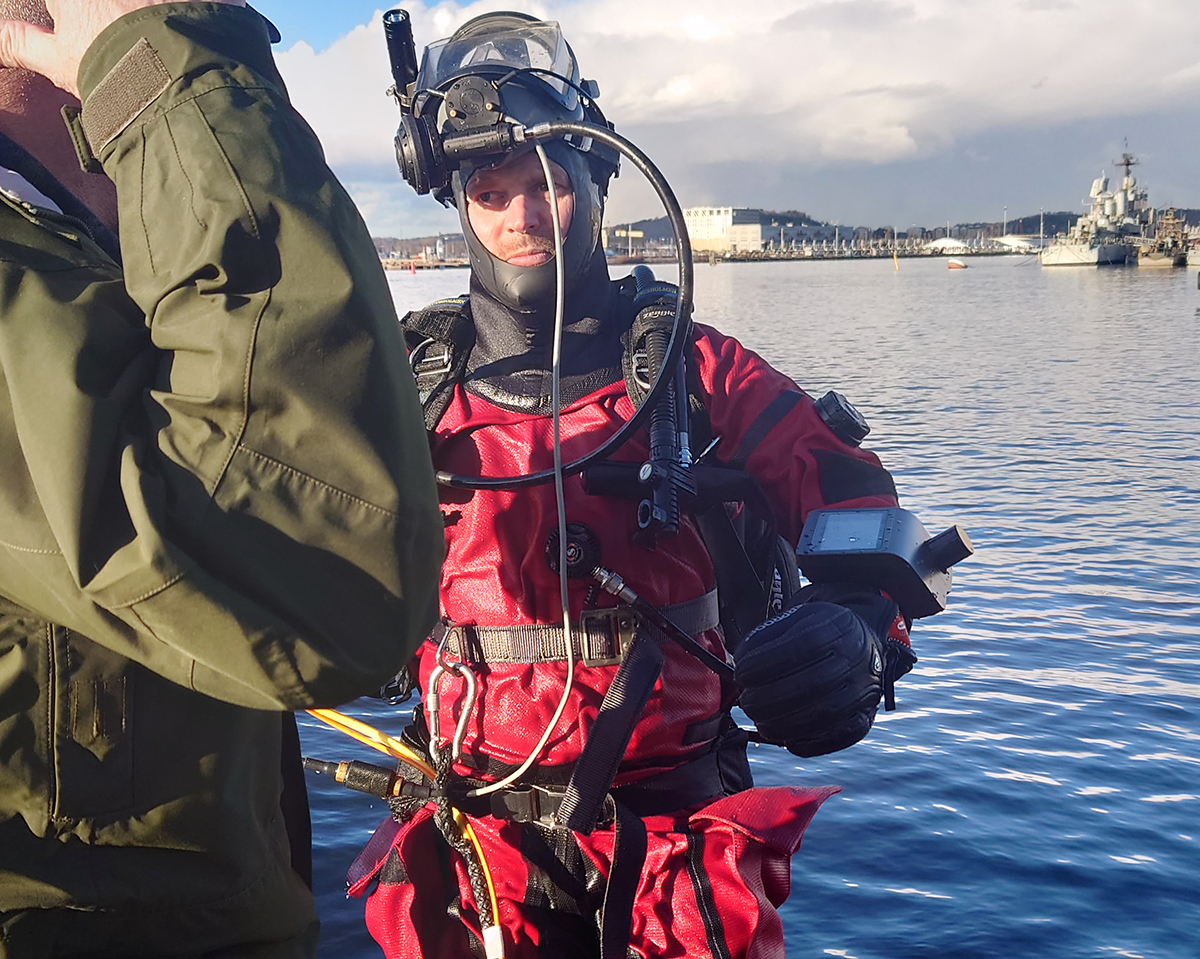
Ocean Plan Public safety diving cases
Ocean Plan has devoted itself to improving the safety and collaboration of public safety diving, and has dived into many front-line public safety diving related units to formulate solutions for practical problems in different public safety diving application scenarios. Its Underwater Communication and Navigation System conducts comprehensive monitoring and management of underwater activities, effectively ensuring the safety and efficiency of underwater task execution.
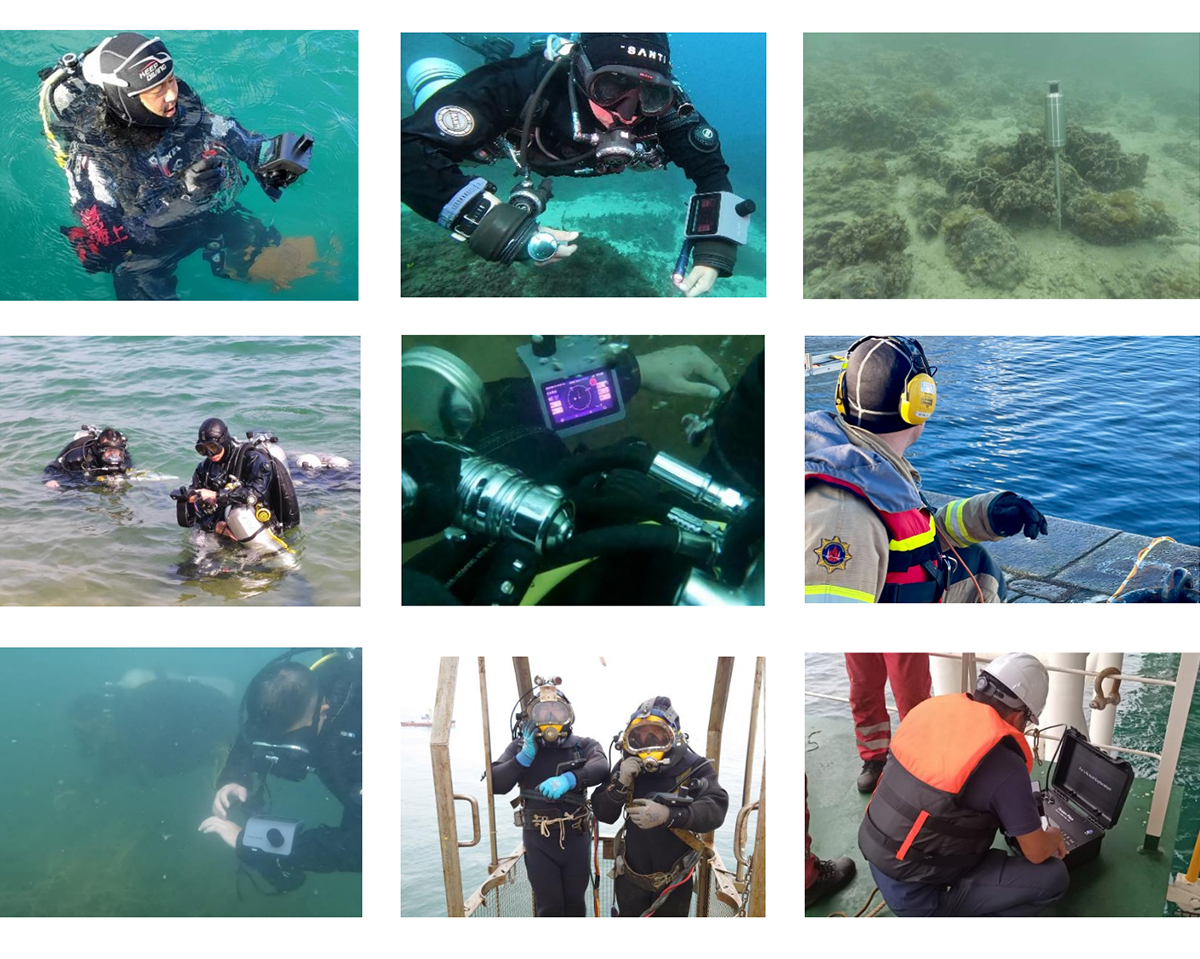
Ocean Plan Public safety diving cases
Click here ro learn more about the Underwater Communication and Navigation System.